 I’ve previously covered Netbooks, provider of an Integrated SaaS Business Suite for Very Small Businesses.
I’ve previously covered Netbooks, provider of an Integrated SaaS Business Suite for Very Small Businesses.
The company had an affordable On-Demand integrated business management solution for the VSB – very small businesses, the “S” in SMB / SME: typically companies with less then 25 employees, sometimes only 3-5, and, most importantly, without professional IT support, in which case Software as a Service is a life-saver.
NetBooks tried to cover a complete business cycle, from opportunity through sales, manufacturing, inventory / warehouse management, shipping, billing, accounting – some with more success then others. The process logic, the flow between various functional areas was excellent, but it was rendered almost unusable by a horrible UI. And it didn’t scale… so the company disappeared for a long year, completely re-building their code base.
Read on …

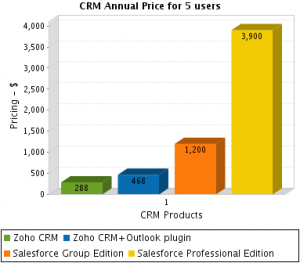

 . In fact let’s just stop here for a minute.
. In fact let’s just stop here for a minute. 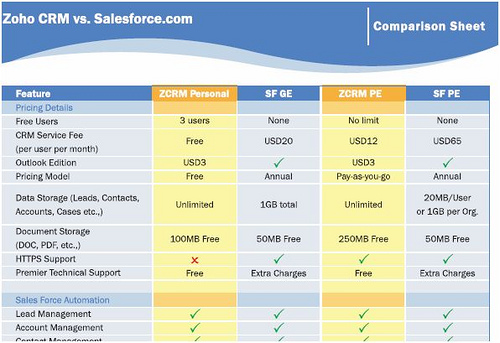
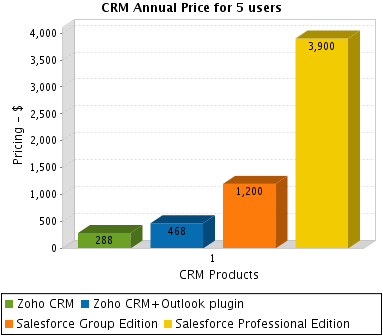
 .
. 

 I’ve
I’ve 

 Thingamy could possibly be a handy tool for consultants, system integrator firms – but they all have their own army of programmers, toolsets..etc, which makes it an awfully hard sell, IMHO.
Thingamy could possibly be a handy tool for consultants, system integrator firms – but they all have their own army of programmers, toolsets..etc, which makes it an awfully hard sell, IMHO.
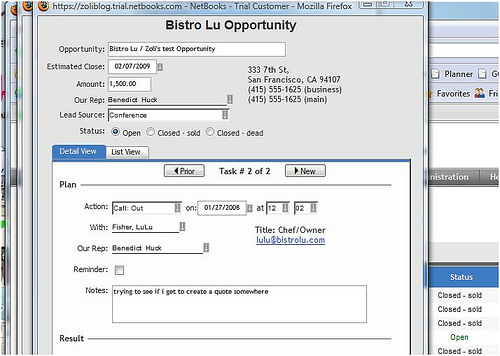



 For half an hour or so I felt I was back at University at Software 2007 – in Professor Hasso Plattner’s class. That’s because his keynote was a compressed version of his recent SAPPHIRE 07 speech, which in turn was an “offsite class” for his Stanford students – literally so, he flew the entire class out to Atlanta. To make his point, he used the blackboard-metaphor, with chalked handwriting (and dressed in matching black
For half an hour or so I felt I was back at University at Software 2007 – in Professor Hasso Plattner’s class. That’s because his keynote was a compressed version of his recent SAPPHIRE 07 speech, which in turn was an “offsite class” for his Stanford students – literally so, he flew the entire class out to Atlanta. To make his point, he used the blackboard-metaphor, with chalked handwriting (and dressed in matching black ).
).

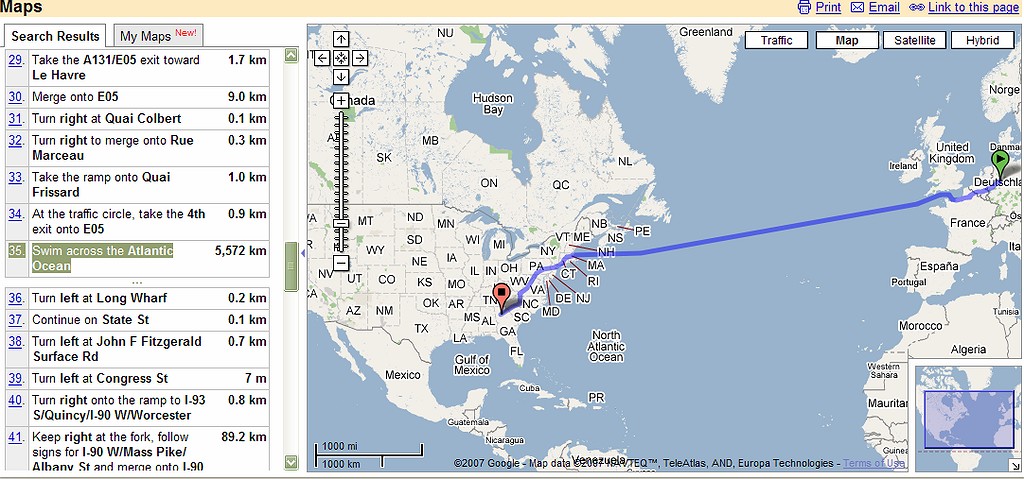

Recent Comments